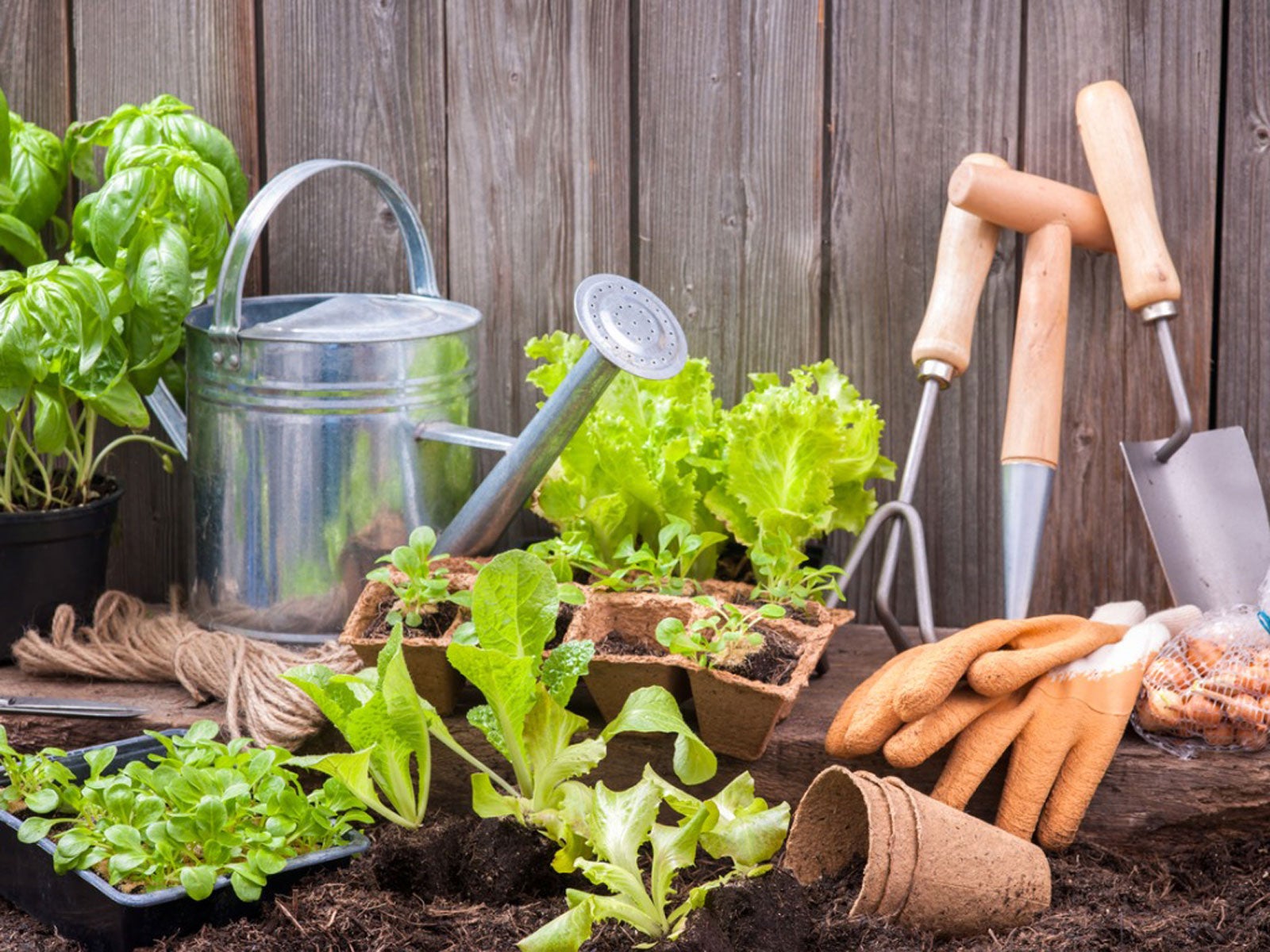Start Your Gardening Experience: Newbie Gardening Tips for Planting Success
Wiki Article
From Newbie to Eco-friendly Thumb: A Step-by-Step Trip With the Art of Horticulture

Recognizing Your Horticulture Space
To start your horticulture trip, it is vital to understand the special qualities and restrictions of your horticulture space. Take a moment to observe your environments. Is your room little or big? Is it revealed to full sun or does it get partial shade? Exist any kind of details difficulties you may deal with, such as bad soil high quality or limited water accessibility? Understanding these variables will certainly assist you make notified decisions regarding the kinds of plants that will certainly grow in your room.Think about the size of your gardening location. You might require to focus on container gardening or vertical gardening to maximize your expanding area if you have a tiny room. On the various other hand, if you have a big room, you have the deluxe of planting a selection of plants and producing different areas within your yard.
Following, examine the amount of sunlight your room receives. This will establish which plants will prosper and which ones may have a hard time. If your space is shaded, you can select shade-loving plants like ferns or hostas. If your space receives full sunlight, you can grow a large range of plants, consisting of veggies, blossoms, and natural herbs.
Finally, consider any type of obstacles or restrictions specific to your area. If your dirt top quality is bad, you might need to modify it with garden compost or choose plants that are forgiving of less-than-ideal conditions. You can opt for drought-tolerant plants or execute water-saving methods like mulching. if water is limited.
Selecting the Right Plant Kingdoms for Your Garden
Select plants that are appropriate to your garden's distinct problems and your personal preferences. When choosing plants for your yard, it is very important to think about variables such as sunshine, soil kind, and climate. Have a look at the amount of sunshine your yard gets throughout the day. Some plants prosper in full sunlight, while others favor partial and even complete color. Consider the soil key in your garden too. Some plants favor well-drained dirt, while others thrive in clay-like or moist soil. In addition, consider the environment in your area. Some plants are better suited for warm and completely dry climates, while others can stand up to colder temperature levels.Another crucial facet to think about is your personal preference. Do you choose a garden full of vibrant flowers, or are you much more interested in expanding natural herbs and vegetables? Consider the purpose you want your garden to offer and the visual you desire to accomplish. It's likewise worth taking into consideration the maintenance level of the plants you choose. Some plants require even more care and attention, while others are extra low-maintenance.
Preparing the Dirt for Planting
First, evaluate the condition of your dirt to identify if any type of improvements or amendments are required. The high quality of your soil is vital for the success of your garden. Begin by examining the structure of the dirt. Is it sandy, fertile, or clayey? Sandy dirt drains pipes quickly, while clayey dirt keeps water. Fertile dirt is the ideal equilibrium between both. Next off, examine the pH degree of your dirt. Many plants prefer a slightly acidic to neutral pH, around 6.0 to 7.0. If your dirt is as well acidic or alkaline, you might require to adjust it using soil amendments such as lime or sulfur. In addition, you need to think about the nutrition web content of your soil. If any essential nutrients are lacking, Conduct a dirt examination to identify. This will certainly help you choose which fertilizers or natural issue to add. Make certain that your soil is well-draining. Poorly drained pipes soil can lead to water logged roots and various other plant health and wellness issues. Enhance drain by including organic matter like compost or peat moss if necessary. By evaluating and making essential amendments to your dirt, you can create an ideal setting for your plants to grow.Nurturing and Preserving Your Yard
Make certain to sprinkle your plants deeply, allowing the water to permeate the soil and reach the origins. Routine weeding is likewise essential to keep your garden free from undesirable plants that contend for nutrients and area. On a regular basis evaluate your plants for any type of indications of invasion or disease and take instant action to protect against additional damages.Troubleshooting Common Horticulture Issues
If you discover chewed fallen leaves or plants that are shriveling for no noticeable factor, you might have a bug infestation. If your plants have yellow or stained fallen leaves, they might not be getting adequate nutrients. Get rid of influenced plants and treat the staying ones with organic fungicides or chemicals.Conclusion
By comprehending your horticulture space, picking the right plants, preparing the dirt, and nurturing your yard, you have actually conquered common horticulture concerns like a pro. Now, equipped with expertise and experience, you are prepared to enjoy the beauty and wealth of your flourishing yard.
When picking plants for your garden, it is crucial to think about aspects such as sunlight, soil type, and environment. Some plants like well-drained soil, while others thrive in clay-like or damp dirt (newbie gardening). By comprehending your horticulture area, choosing the https://www.newbiegardening.com right plants, preparing the dirt, and supporting your garden, you have actually conquered common horticulture concerns like a pro
Report this wiki page